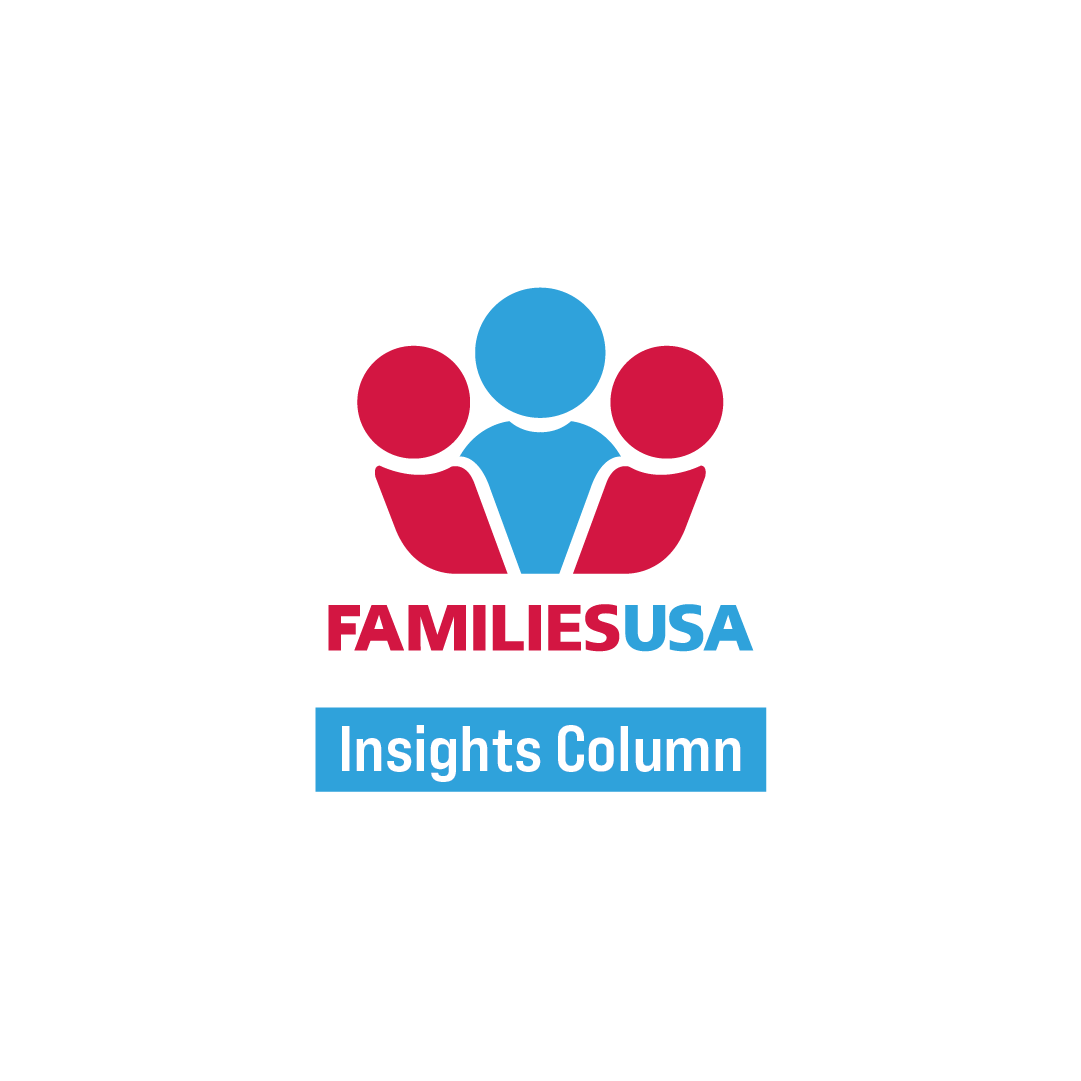Harmful Impacts of Proposed House and Senate Budget Bills: What Is at Stake for the 10 States That Have Not Yet Expanded Medicaid
By Mary-Beth Malcarney, Cheryl Fish-Parcham, Krista Gon,
06.20.2025
The House budget bill passed by congressional Republicans would cut $1.1 trillion from health care, resulting in 16 million Americans losing coverage and affecting health systems across all 50 states. The Senate has proposed a similar plan, also slashing Medicaid and limiting access to services. Some measures in the bill target the 41 states (plus D.C.) that expanded Medicaid under the ACA, imposing strict work requirements, frequent eligibility checks, and mandatory cost-sharing. However, both the House and Senate proposals would impact Medicaid programs nationwide, threatening coverage for children, pregnant women, people with disabilities, veterans, and older adults.
Biggest threats to nonexpansion states and their residents under the “One Big Beautiful Bill Act”
- Reduced enrollment protections and increased paperwork burdens will lead to Medicaid and ACA marketplace coverage losses.
- A freeze on provider taxes will leave states with fewer policy tools to maintain current Medicaid eligibility, benefits and provider payment rates.
- Expiring enhanced premium tax credits will leave people unable to afford ACA marketplace plans.
- Increased out-of-pocket costs in the ACA marketplace will make health care more expensive.
- Restrictions on retroactive coverage will increase people’s risk of medical debt as they wait for Medicaid and CHIP enrollment.
- Limitations on provider payment will lower direct financial support for safety-net providers.
- Termination of incentive payments will make it more difficult for nonexpansion states to expand Medicaid.
If the House-passed or Senate-proposed bills move forward, millions more Americans will become uninsured while lawmakers in every state — nonexpansion states included — will be forced to make significant cuts to Medicaid services and programs. The end result will be fewer health care services delivered to vulnerable Americans and greater instability for state and local health care systems.



